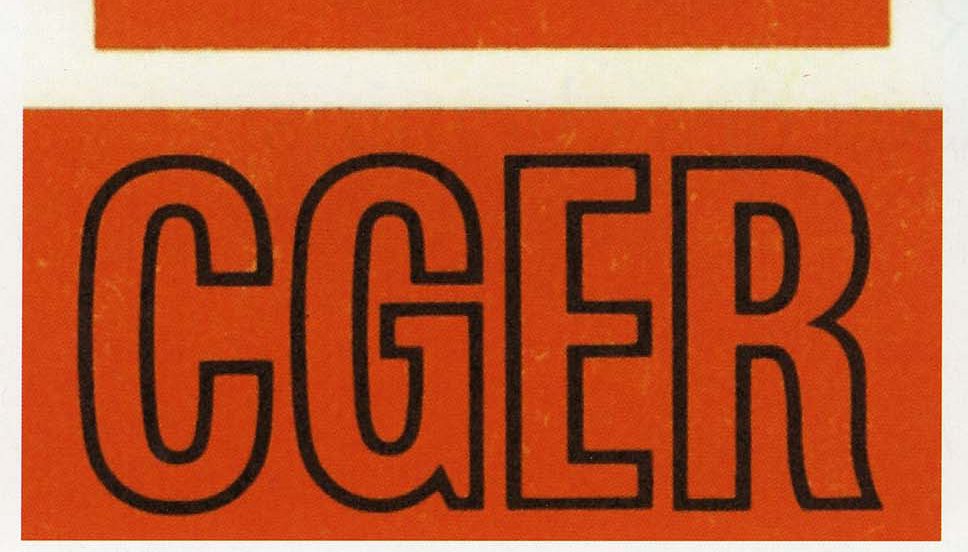Crédit à l’Industrie, Belgium’s ‘Little Blue Factory’ financier

Belgian corporate lending specialist Société Nationale de Crédit à l’Industrie, whose name was later shortened to Crédit à l’Industrie, gradually expanded its activities so as to offer a comprehensive range of banking products.
Established in 1919, the Société Nationale de Crédit à l’Industrie (SNCI) started life as a State-owned not-for-profit institution providing medium- and long-term loans to businesses in Belgium. It originally specialised in the shipping industry, then after the Second World War helped to disburse loans to Belgian coalmining companies under the Marshall Plan.
Support from ASLK-CGER
In 1961, SNCI began to broaden its field of activities and grew in spectacular fashion. In 1966, it opened its first proper bank branch. Two years later in 1968, an agreement with the Caisse Générale d’Epargne et de Retraite/Algemene Spaar- en Lijfrentekas (ASLK-CGER) provided SNCI with a means of rapidly expanding its network.
During this period, SNCI played a central role as an intermediary and administrator for State aid to the textile and steel industries.
In the 1980s, the institution shortened its name to Crédit à l’Industrie, with a logo showing a little blue factory to symbolise its mission of lending to industry.
Towards full-service banking
When the agreement with ASLK-CGER expired in 1986, Crédit à l’Industrie took steps to roll out its own comprehensive range of services.
In 1994, the institution was granted a full banking certificate and that same year, the government decided to sell the State’s stake in the bank to the ASLK-CGER holding company. In 1997, Crédit à l’Industrie was fully absorbed into ASLK-CGER, which in turn merged in 1999 with Generale Bank to form Fortis Bank, forerunner of today’s BNP Paribas Fortis.








